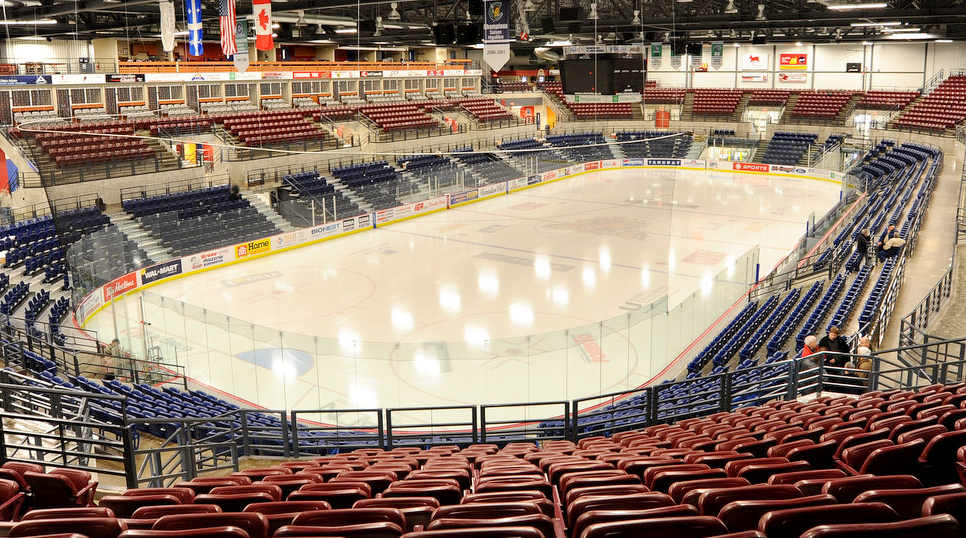
Arena ice quality and perspectives on optimizing performance and addressing emerging challenges.
The condition of ice in sporting arenas is a critical factor influencing the performance and safety of athletes, particularly in ice-dependent sports such as hockey, curling and figure skating. The way skates slide on ice is influenced by several factors, including heat generated by friction, the creation of a thin, slippery layer of water on the ice, and the movement of small ice particles. Together, these factors contribute to creating a smooth ice surface, allowing for better control, enhanced speed, and optimized athletic performance. Despite its importance, maintaining optimal ice in arenas presents many challenges. These include environmental factors like temperature and humidity, as well as the physical wear caused by continuous use. Understanding the dynamic hardness of ice—i.e., its ability to resist damage or changes when skated on or hit—is also crucial.
Survey of Experts
To gather expert insights on optimal ice arena conditions, we distributed a questionnaire to 55 North American ice arena management professionals. The survey was designed to identify knowledge gaps in ice management by capturing expert perspectives on ideal ice surface temperature, humidity, and ice thickness for different sports. The rationale behind the survey questions was to determine whether there was broad agreement on best practices or if discrepancies existed that could inform future research. Respondents were asked about their ideal conditions for hockey, figure skating, and curling, rather than the difficulty of maintaining them. The goal was to assess expert opinions on optimal ice surfaces while identifying areas where further empirical testing is needed.
Of the experts surveyed, 35 managed arenas for hockey, 33 for figure skating, and 25 for curling, with many overseeing multiple sports.
Click HERE to read the full scientific report.



